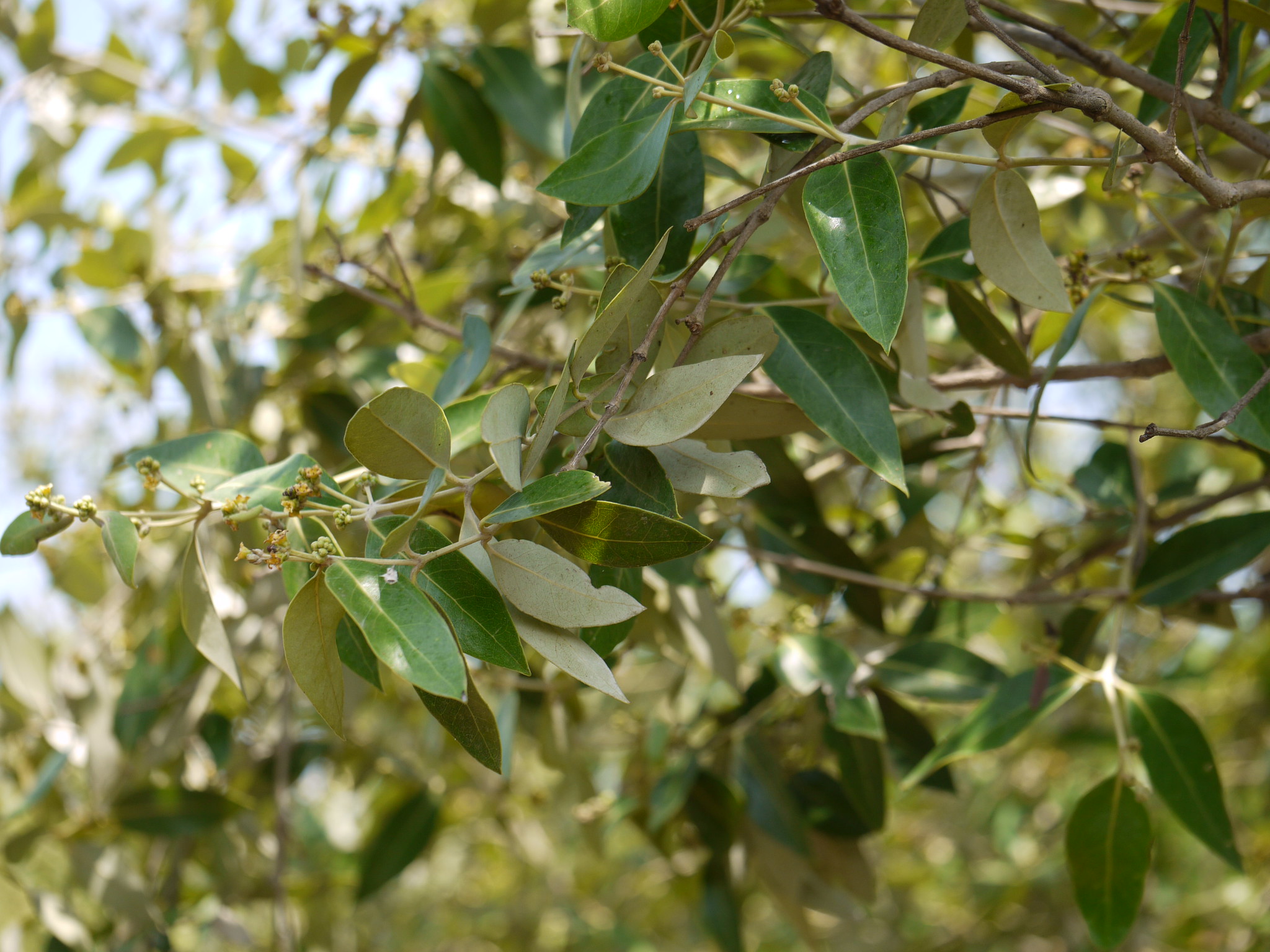Fruits/Seeds
Fruit capsule soft, pubescent, pale green, flattened, 15 – 30 mm diameter; no seed stage with viviparous development; enclosed mostly solitary propagule has two fleshy cotyledons (seed leaves) with plumule and hairy young root between. Propagule matures and drops in advanced germination to allow for dispersal and quick establishment once the pod settles.
Behaviour
Phenological events are considered site specific, depending on temperature (linked to latitude) and moisture conditions.
Flowering
Generally occurs once a year in mid to late summer and progressively later in higher latitude sites. In far northern parts of Australia, flowering occurs around November and December. And in furthest southern parts of Australia, flowering generally occurs around May and June.
Propagules
Maturation (note, there are no seeds produced as development is viviparous) is more rapid in warmer climates, taking 3 - 4 months in low latitudes and 8 - 9 months in southern locations. Generally mature between January and April but in intermediate locations like the Brisbane River this can occur in August.
Propagules germinate and develop while attached to the parent tree (a process called vivipary) which facilitates quick establishment once the pod settles. As a pioneer species, grey mangroves are notably tolerant of a wide range of saline conditions. Plants deal with harmful salt taken up through their roots by actively expelling the salt from specialised secretion glands on their leaves, and by passing the salt to senescent leaves and bark. While grey mangroves can also withstand short periods of inundation by fresh water or hypersaline water, they are notably impacted when conditions change over more prolonged periods.
Field Guide
Improve your identification skills. Download your Grey Mangrove field guide here!





